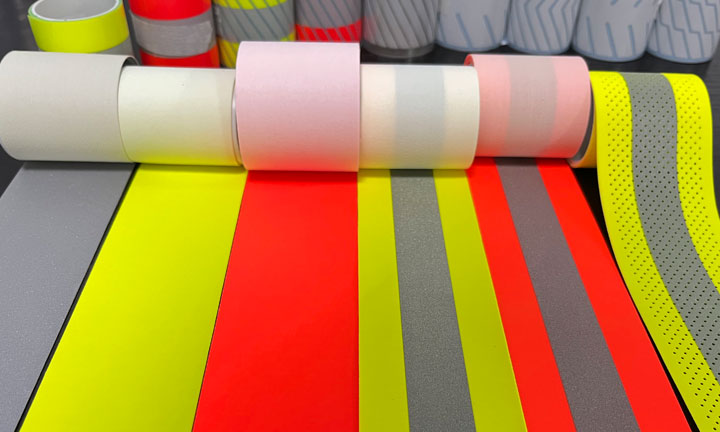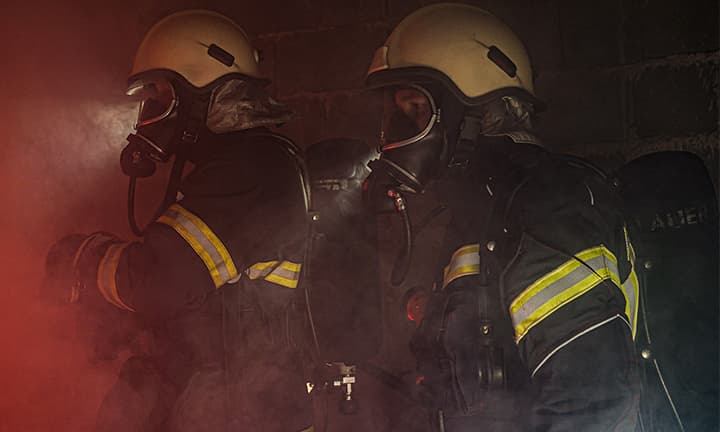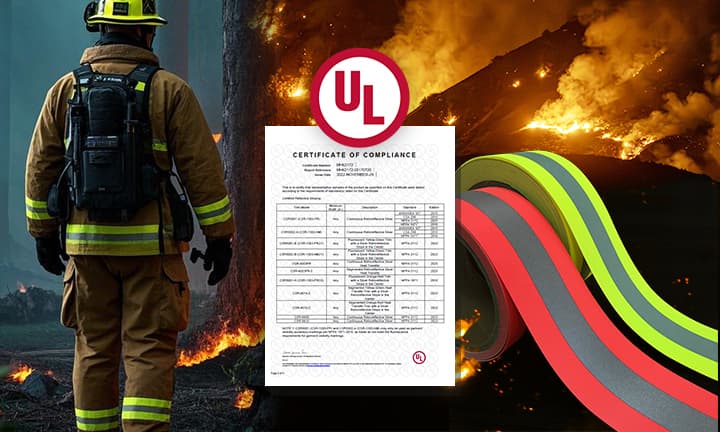Ways to drive safely
Winter is a dangerous time for all road users. Changing the weather forces a change in driving technique - unfortunately, many drivers forget about it. Policemen call for prudence and common sense.
The current climate in our country makes the road conditions change very much, more treacherous and dangerous for both drivers and pedestrians. Therefore, traffic police officers appeal to everyone, both drivers, cyclists, and pedestrians, to exercise extreme caution and prudence. Roads may already be frozen, and therefore slippery, and in such situations, wheels easily lose traction. We should remember that in many different places the road surface combined with precipitation or slush extends the braking distance of the vehicle, in extreme cases, the driver may slip and not control the car. Overtaking in such conditions, passing, cornering can be very dangerous. Drivers should remember that to drive on the road with the lights on and observe speed limits, and when the weather conditions are worse, to slow down according to the rule that slower means safer. We urge you not to charge, think, anticipate threats.
Be especially careful in depressions, on hills, near forests, and water reservoirs - the roadway may be particularly slippery there. Extreme caution should be exercised near pedestrian crossings. Be careful when you reach them. If a pedestrian enters the crossing, the driver may not brake. "We also make a special appeal to pedestrians not to enter directly in front of the oncoming vehicle. Even at the pedestrian crossing, make sure the driver manages to slow down. Of course, it is pedestrians who have priority at the crossing, but here the principle of limited trust applies as much as possible," police warn.
Every pedestrian and cyclist should also remember their safety and ensure that they are visible. A reflective vest, reflective tape, headband or even an ordinary flashlight will make it easier for the oncoming driver to move around when the road is dim. Recall that every pedestrian who moves after dusk on the road outside the built-up area must have a reflection placed in a way visible to drivers. There is a fine for missing reflective elements. Although traffic regulations do not impose the obligation to use vests and reflective elements in built-up areas, they significantly improve visibility. They give drivers valuable time to take the right response - often saving lives and health.
This period is also dangerous for motorists who are increasingly using their machines not only until late autumn and even throughout the year. Unfavorable weather conditions reduce the adhesion of tires to asphalt and even a seemingly harmless fall when trying to brake suddenly can end tragically. An additional difficulty during this period, not only for drivers, is often worse mood. A bad mood can affect reaction speed and concentration, which is also worth remembering when traveling on the road.
Remember - admissible speed during heavy rain, snow or frost does not always mean safe speed. Sometimes it's worth slowing down. Remember to use fog and daytime running lights correctly and legally. How to avoid traffic tickets? The answer is short: drive under the regulations.




